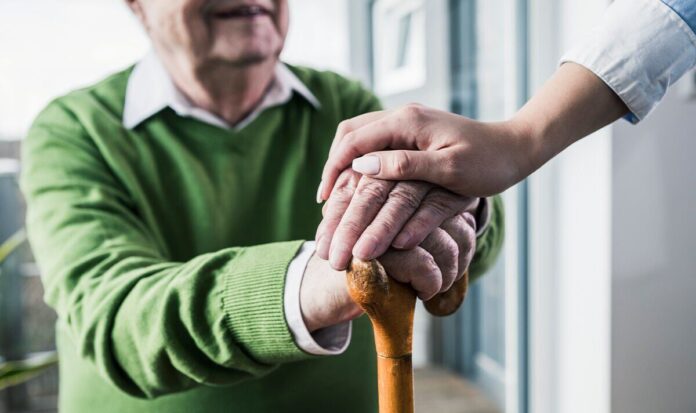As one of his first major legislative acts as a monarch, King Charles III passed a bill that enables Britons eligible for Attendance Allowance (AA), Personal Independence Payment (PIP), and Disability Living Allowance (DLA) and who are thought to be in their final year of life, to get fast-track access to receive the support.The new landmark legislation was passed last week under the Royal Assent to the Social Security (Special Rules for End of Life) Bill.The new rules mean people who are thought to be in the final year of their life will be able to receive fast-tracked access to the specified benefits, six months earlier than they were able to previously.Secretary of state for work and pensions Mel Stride said: ‘It’s hugely important that people in the last year of their life are treated with dignity and receive the financial support they need and deserve quickly.’Extending this support confirms our commitment to alleviating the pressures faced by those who are nearing the end of their lives, and their families.’According to the DWP, the changes to PIP, DLA and AA will come into effect as soon as practical and follow the same changes made to Universal Credit (UC) and Employment and Support Allowance (ESA) earlier this year.READ MORE: Claiming Carer’s Allowance could affect other DWP benefits – check now Attendance Allowance, PIP & DLA to be fast-tracked for Britons in final year of life (Image: GETTY)Those who are eligible will not be required to attend a medical assessment, and in the majority of cases, they will receive the highest rate of benefits.Who is eligible for Attendance Allowance and what are the rates?At the highest rate, Britons eligible for Attendance Allowance could receive up to £4,804.80 a year, and it’s said that up to 3.4 million more people qualify for the support but simply aren’t claiming it.To be eligible, claimants must be over the state pension age (66) and have a type of disability or illness, including sight or hearing impairments, or mental health issues such as dementia.It must also be clear that claimants could benefit from help with personal care, such as getting washed or dressed or needing supervision to keep them safe during the day or night.To see the full list of qualifying conditions, click here.DON’T MISS: Five benefit changes coming into force before Christmas – check now [INSIGHT]A third of adults use social media for cost-of-living finance tips [ANALYSIS]Everything you need to know about Winter Fuel Payment[EXPLAINED] The new rule changes apply to those claiming Personal Independence Payment (PIP) (Image: EXPRESS) Britons could be forced to switch heating on in days as icy plume hits There are two rates of Attendance Allowance available, the lower rate and the higher rate.The amount a person receives is calculated based on how much help is required, not any current help the person does or doesn’t get.However, if eligible, the payment doesn’t need to be spent on care – they can be put towards other things like bills.The lower rate applies to people who need help during the day or at night, which amounts to £61.85 per week.The higher rate applies to those who need help during both the day and at night, or have a terminal illness, amounting to £92.40 per week.This isn’t a means-tested benefit, which means current savings or income won’t affect the claim, nor will it impact other benefits received, in fact, it could actually help with eligibility for other benefits, such as Pension Credit, Housing Benefit, or Council Tax Reduction.Whether people get one or both parts and how much they get depends on how difficult they find everyday tasks and getting around.Who is eligible for DLA and what is the rate?Disability Living Allowance (DLA) is available to people under the age of 16 who live in England and Wales and has difficulties walking or need more looking after than a child of the same age who does not have a disability.The DLA rate is made up of two components, the care component and the mobility component, and can award eligible families between £24.45 and £156.90 a week, depending on the level of help the qualifying child needs. It’s said that up to 3.4 million more people qualify for Attendance Allowance but aren’t claiming (Image: GETTY)The rates for each component include:Care componentLowest weekly rate – £24.45Middle weekly rate – £61.85Highest weekly rate – £92.40Mobility componentLower weekly rate – £24.45Higher weekly rate – £64.50There are also age limits to receiving the mobility component, which include:Lowest rate – the child must be five years or overHighest rate – the child must be three years or overWhether people get one or both parts and how much they get depends on their condition.
Attendance Allowance to be fast-tracked for people in final year of li
Sourceexpress.co.uk
RELATED ARTICLES


